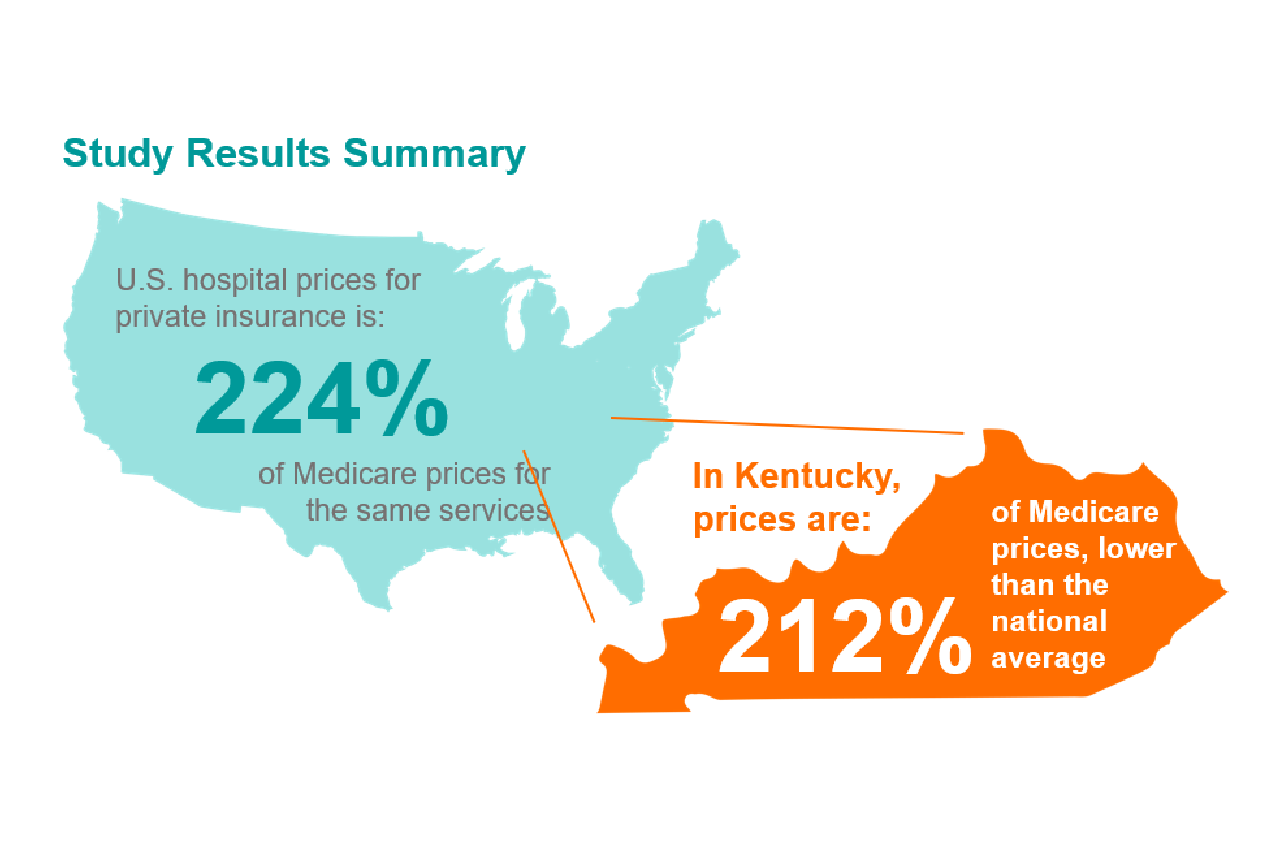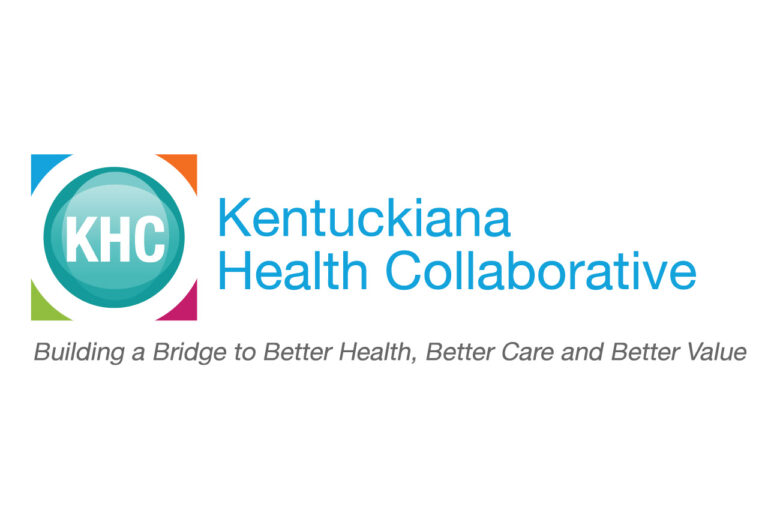
(Note: This column was written by Misty Roberts, Partnership Leader in the Office of the Chief Medical Officer at Humana, in conjunction with Matt Dudgeon, Intern at Humana and medical student at University of Louisville.)
Thirteen. That’s the number of warning lights on the dashboard of “America’s Best Selling Car.” While the 13 warning lights indicate everything from low fuel to blind spots, all 13 warning lights represent aspects that are absolutely critical to the safe functioning of the vehicle. Undoubtedly, with the advancement of car sensor technology since the inception of automobiles, you can imagine how many warning lights any given car could have. And yet, this car has just 13.
Clinical quality measurement is an area experiencing unprecedented growth. With unprecedented growth has come an unprecedented number of clinical quality measures. While clinical quality measures are certainly more than warning lights, recognizing high in addition to low performance, many lessons can still be learned from the automotive industry. First and foremost, clinical quality measures must be connected to patients’ health. Just as the warning lights in a car represent systems that are critical to the functioning of the vehicle, clinical quality measures should represent aspects of care that directly affect patients’ health and outcomes. A warning light indicating that you forgot to stop at the grocery on the way home from work would be both intriguing and helpful, but it is simply out of scope for the functioning of your vehicle.
The second parallel can be drawn between the number of warning lights and the number of clinical quality measures. According to a 2015 survey conducted by the American Academy of Family Physicians sponsored by Humana, 61 percent of family physicians receive payment from seven or more health plans, many with their own unique quality measures. However, just as the driver of a vehicle has an important, primary task to attend to (driving the car), family physicians and other providers have the most important, primary task to attend to (care of the patient). The driver of a vehicle does not have the time or resources to monitor hundreds of warning lights, just as physicians do not have the time or resources to report, analyze, and take action on hundreds of clinical quality measures. The warning lights on a vehicle are neither duplicative nor inconsistent and yet the clinical quality measures currently in use are often both.
The driver of a vehicle does not have the time or resources to monitor hundreds of warning lights, just as physicians do not have the time or resources to report, analyze, and take action on hundreds of clinical quality measures. The warning lights on a vehicle are neither duplicative nor inconsistent and yet the clinical quality measures currently in use are often both.
At Humana, we have implemented a Clinical Quality Metrics Alignment (CQMA) program and governance process to streamline and standardize the set of clinical quality metrics used for physicians. To address the issue, Humana’s CQMA program collected 1,116 quality metrics from 29 different data sources across the company and vetted these metrics for duplicates, inconsistencies, and clinical relevance. Following extensive refinement and analysis, which included input from physician stakeholders, Humana has consolidated the 1,116 metrics previously used into a set of 208 key quality metrics – more than an 80 percent reduction. The streamlined set of metrics emphasizes improving patient health outcomes and is aligned with broader industry efforts to standardize measures used to evaluate clinical quality.
While much progress has been made, we recognize that clinical quality measure refinement will be an ongoing, ever-changing process. Not long ago, a warning light for the blind spot monitor was an unnecessary feature on a vehicle. The blind spot monitor technology did not yet exist. Similarly, the healthcare landscape will continue to evolve. New clinical quality measures will be developed and older ones retired. One fact will not change though. With patients and physicians front and center, the number of clinical quality measures must remain manageable.






